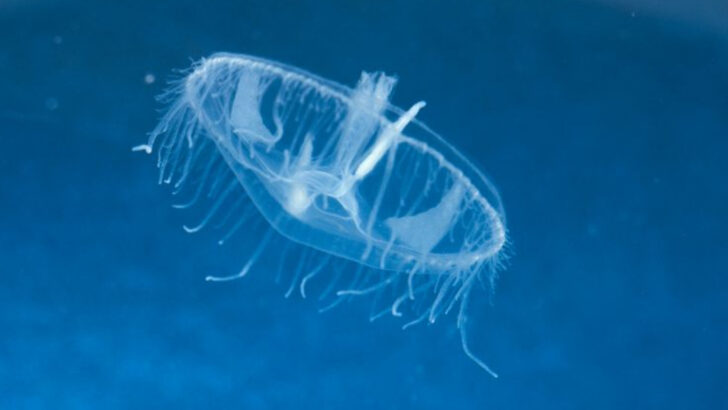Jellyfish don’t need the ocean to blow your mind.
Yes, you read that right—some of these wiggly, ghost-like creatures are thriving in ponds, lakes, and rivers across the world.
They’re delicate. They’re sneaky. They look like something from a sci-fi movie.
And most people have no clue they exist.
These freshwater jellyfish are full of surprises.
They pulse silently through calm waters, appear out of nowhere, and vanish just as mysteriously.
They’ve got stingers (yes, really), no brain, and a knack for survival that rivals just about anything with a spine.
Forget what you thought you knew about jellyfish.
These freshwater marvels are rewriting the script—quietly, beautifully, and with a sting.
Ancient Origins
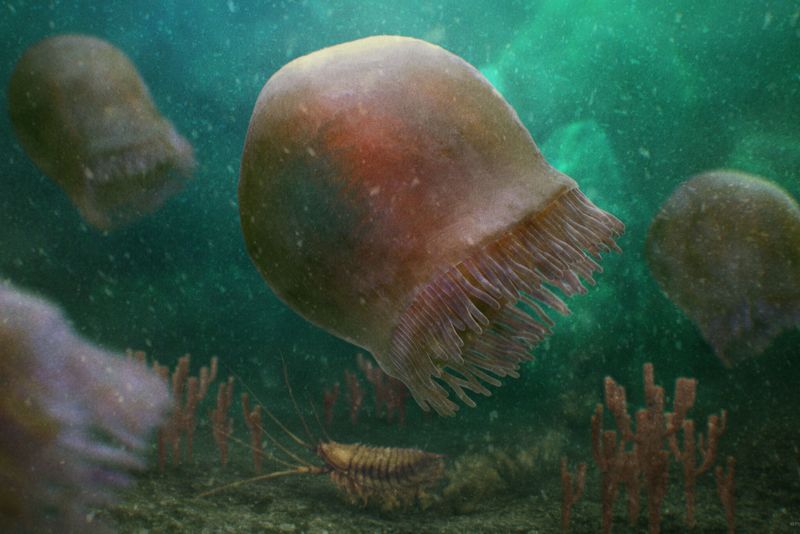
Consider the ancient origins of freshwater jellyfish, which date back over 500 million years. These captivating creatures have survived multiple mass extinctions, adapting to changing environments with remarkable resilience. Their lineage offers a window into the distant past, providing insights into evolutionary processes that have shaped life on Earth.
Examining their fossil records reveals a rich tapestry of evolutionary history, highlighting their enduring presence in freshwater habitats. Such longevity underscores their adaptability and significance in the web of life. Their ancient roots contribute to a deeper understanding of ecological and evolutionary dynamics.
Unique Reproduction Cycle
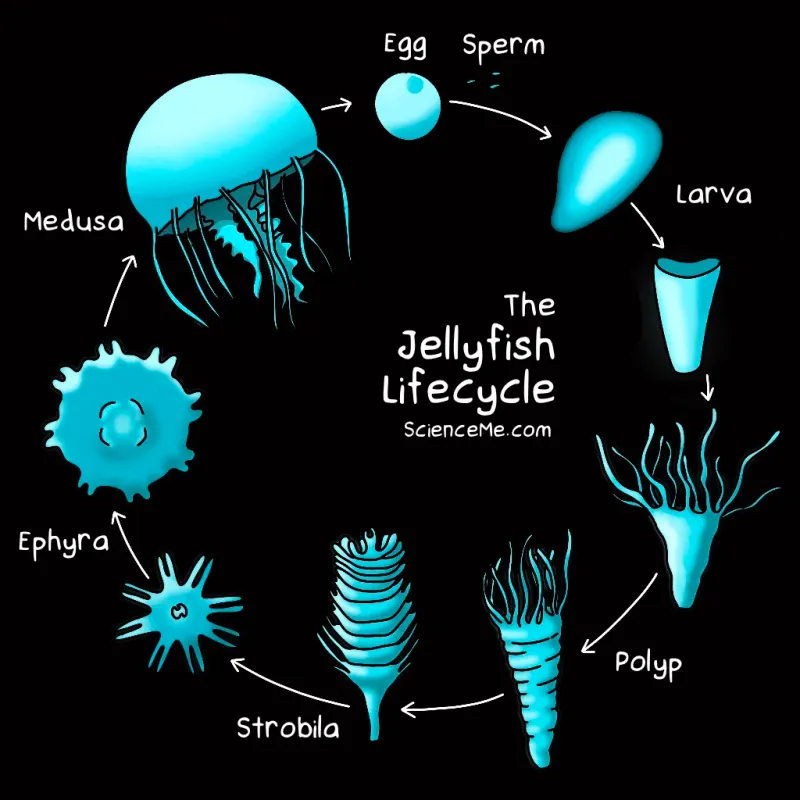
Freshwater jellyfish exhibit a unique reproduction cycle that captivates biologists. Their life cycle alternates between sessile polyp stages and free-swimming medusae, a fascinating adaptation to freshwater environments. The polyps can reproduce asexually, budding off new individuals, while medusae engage in sexual reproduction.
This dual strategy enhances their survival prospects, allowing them to colonize diverse freshwater habitats. Such reproductive versatility is a key factor in their resilience and adaptability. By understanding their complex life cycle, scientists gain insights into the broader mechanisms of aquatic adaptation and survival.
Stunning Bioluminescence
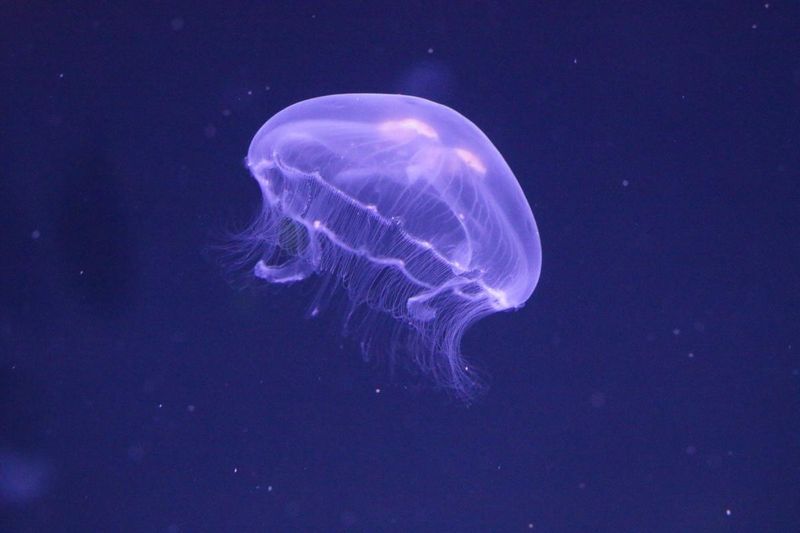
Awe-inspiring bioluminescence is one of the freshwater jellyfish’s most striking features. This natural light show is created by chemical reactions within specialized cells, producing a gentle glow that can startle predators or attract prey.
Bioluminescence serves multiple purposes, from defense to communication, showcasing the jellyfish’s adaptive strategies. The mesmerizing glow adds a touch of magic to the tranquil freshwater ecosystems where these jellyfish reside. Studying their bioluminescence provides insights into the complex interplay between predator and prey dynamics in aquatic environments.
Such captivating displays remain a subject of scientific fascination.
Global Distribution
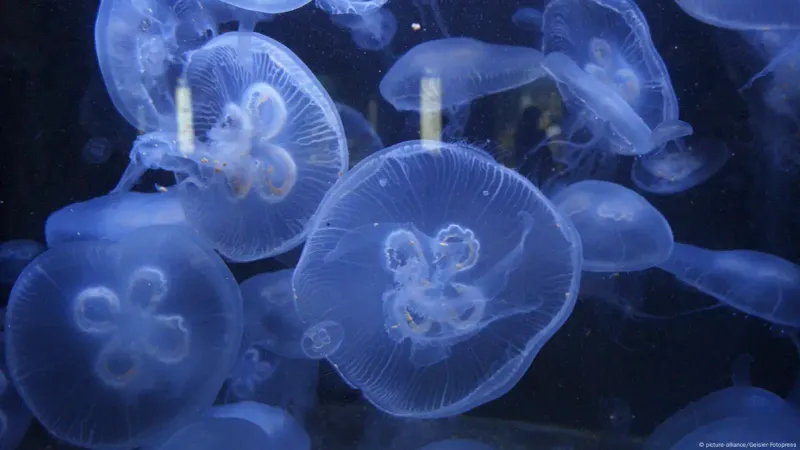
Freshwater jellyfish boast a surprisingly broad global distribution, inhabiting continents from Asia to North America. Their presence in diverse climates and geographies reflects their incredible adaptability to varying environmental conditions.
Whether found in serene lakes or fast-flowing rivers, these jellyfish have established themselves in numerous freshwater bodies across the globe. This widespread distribution offers opportunities for scientific study and ecological monitoring. Understanding their distribution patterns contributes to our knowledge of biogeography and species dispersal.
Their presence in unexpected locales challenges preconceived notions about jellyfish habitats.
Ecological Impact
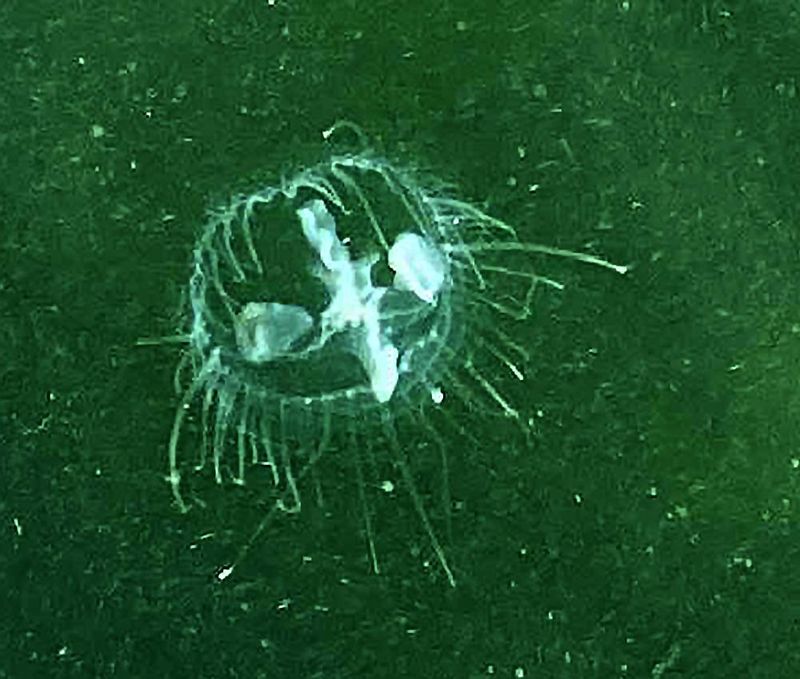
The ecological impact of freshwater jellyfish extends beyond their serene appearance. As both predator and prey, they play a crucial role in freshwater food webs. They consume plankton and small invertebrates while providing sustenance for larger aquatic animals.
Through their interactions, they influence nutrient cycling and energy flow within ecosystems. Studying these dynamics offers valuable insights into ecosystem health and stability. Despite their delicate appearance, freshwater jellyfish contribute significantly to the ecological balance of their habitats, showcasing their importance in maintaining biodiversity and ecological integrity.
Adaptive Mechanisms

Adaptive mechanisms in freshwater jellyfish reveal their evolutionary ingenuity. Specialized tentacles and a bell-shaped body enable them to navigate and thrive in various freshwater environments. These features enhance their mobility, feeding efficiency, and predator evasion.
Their adaptations mirror the broader evolutionary strategies that have allowed jellyfish to colonize diverse habitats. Investigating these adaptations sheds light on the dynamic interplay between form and function in aquatic organisms. Such evolutionary insights deepen our appreciation of the complexity and resilience of life in freshwater ecosystems.
Seasonal Population Fluctuations
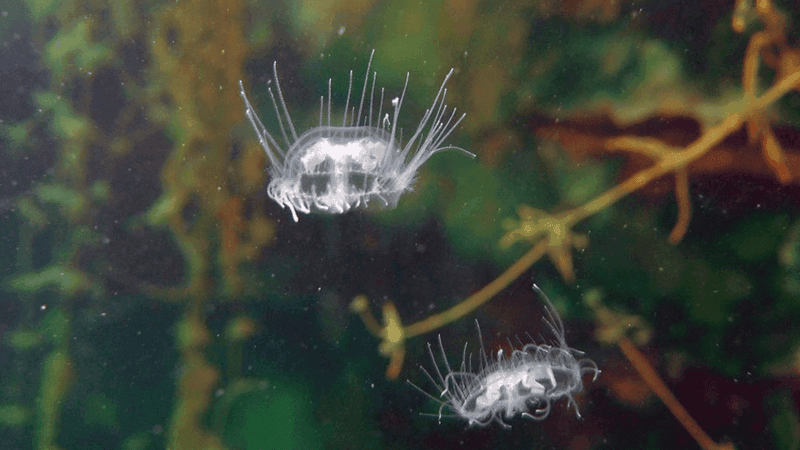
Seasonal population fluctuations of freshwater jellyfish reflect their dynamic interaction with environmental conditions. Populations often surge in response to favorable temperature and nutrient availability, showcasing their capacity to exploit transient opportunities.
These fluctuations influence local ecosystems, affecting food web dynamics and species interactions. Studying these patterns helps ecologists understand the broader ecological consequences of seasonal changes. The rhythmic ebb and flow of jellyfish populations offer a fascinating glimpse into the interplay between organisms and their environment, highlighting the adaptability and resilience of freshwater jellyfish.
Symbiotic Relationships
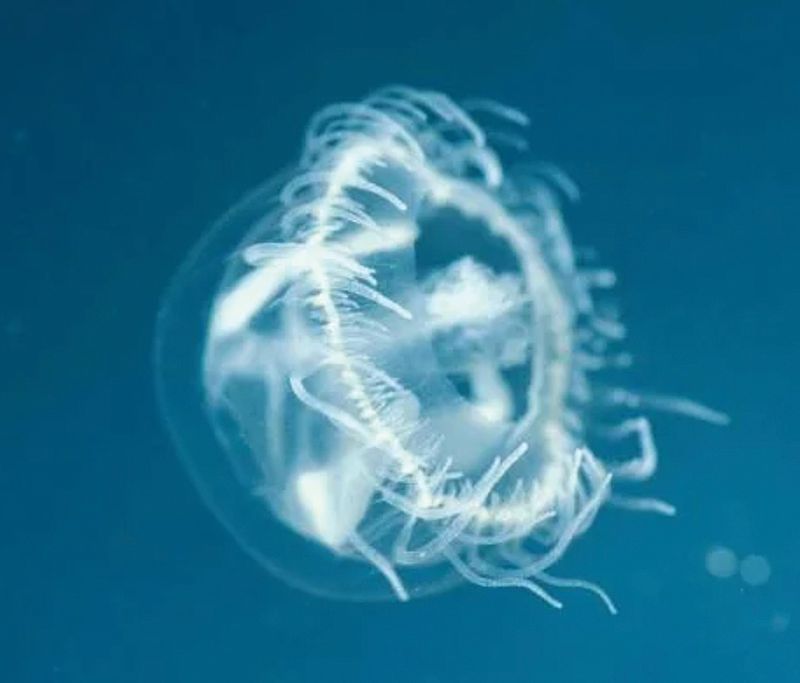
Symbiotic relationships offer a window into the cooperative nature of freshwater ecosystems. Freshwater jellyfish often engage in mutually beneficial interactions with algae, gaining sustenance while providing mobility for their partners.
These relationships enhance their survival prospects, showcasing the interconnectedness of aquatic life. Exploring these partnerships reveals the intricate web of interactions that sustain biodiversity in freshwater habitats. The symbiotic nature of these jellyfish highlights the importance of collaboration in nature, providing insights into the delicate balance of ecosystems.
Unique Feeding Habits

Unique feeding habits distinguish freshwater jellyfish from their marine counterparts. Using specialized tentacles, they capture plankton and other microscopic prey, playing an integral role in regulating plankton populations.
Their feeding strategies illustrate the intricate balance of predator-prey relationships in aquatic environments. Understanding their dietary preferences provides insights into the broader ecological dynamics of freshwater ecosystems. Such feeding habits highlight their role as both predator and prey, underscoring their ecological significance and adaptive prowess.
Temperature Tolerance
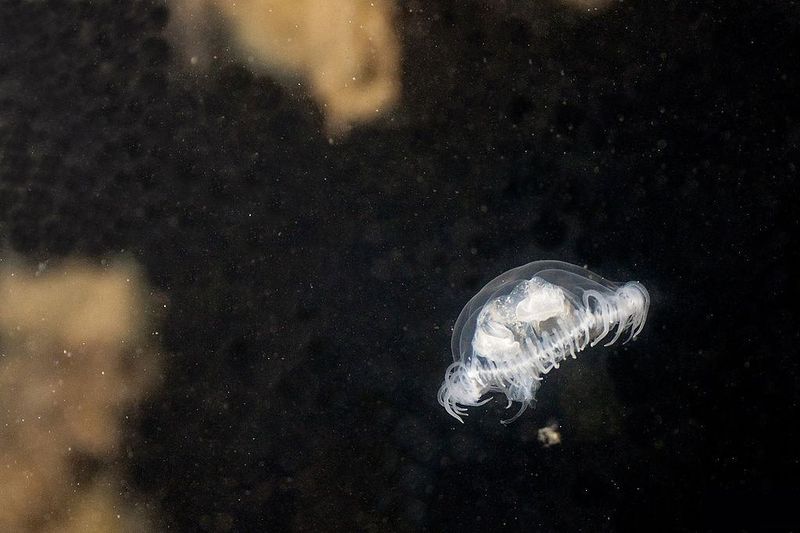
Temperature tolerance is a hallmark of freshwater jellyfish, allowing them to thrive in diverse climatic conditions. Their ability to withstand temperature fluctuations makes them resilient inhabitants of various freshwater environments.
This adaptability ensures their survival amidst changing environmental conditions, contributing to their widespread distribution. Studying their temperature tolerance offers valuable insights into the physiological mechanisms that enable survival in dynamic habitats. Such resilience underscores the remarkable adaptability of freshwater jellyfish and their potential role in monitoring climate change impacts on aquatic ecosystems.
Exotic Pet Trade
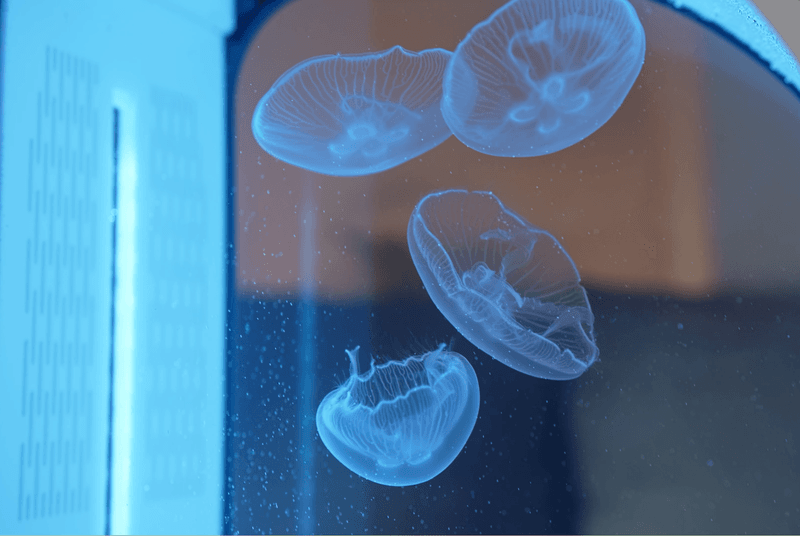
The exotic pet trade has embraced freshwater jellyfish, making them a sought-after addition to aquariums. Their ethereal beauty and intriguing behaviors captivate hobbyists, contributing to their popularity. However, their care requires specialized knowledge of water quality and habitat conditions.
The demands of maintaining these delicate creatures underscore the responsibility of pet owners in preserving their well-being. Understanding the implications of the exotic pet trade helps promote informed and sustainable practices. Their presence in aquariums offers a glimpse into the delicate balance between human fascination and ecological responsibility.
Historical Records
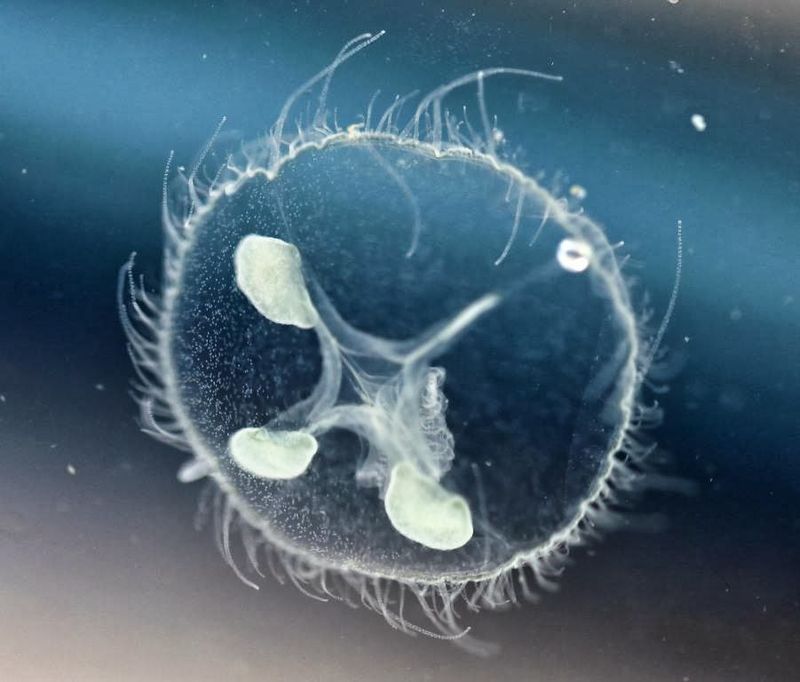
Historical records of freshwater jellyfish provide a fascinating glimpse into past scientific observations. Early naturalists documented these enigmatic creatures, contributing to our understanding of their distribution and behavior.
Examining historical accounts reveals the gradual accumulation of knowledge about these jellyfish and their habitats. These records serve as valuable resources for comparing past and present ecological conditions, offering insights into changes over time. The historical perspective enriches our appreciation of the enduring intrigue surrounding freshwater jellyfish and their role in aquatic ecosystems.
Cultural Significance
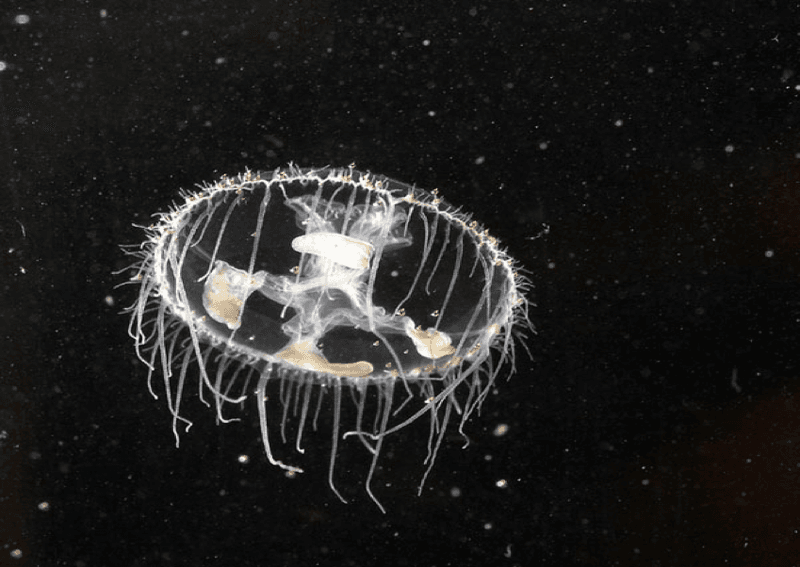
Freshwater jellyfish hold cultural significance in various societies, symbolizing beauty and tranquility in some traditions. Their ethereal presence has inspired artists and storytellers, contributing to cultural narratives and folklore.
Exploring their cultural roles provides insights into how humans perceive and interact with the natural world. Such significance highlights the enduring allure of jellyfish and their ability to captivate human imagination across cultures. Understanding these cultural connections enriches our appreciation of the multifaceted ways in which nature influences human life and creativity.
Conservation Challenges
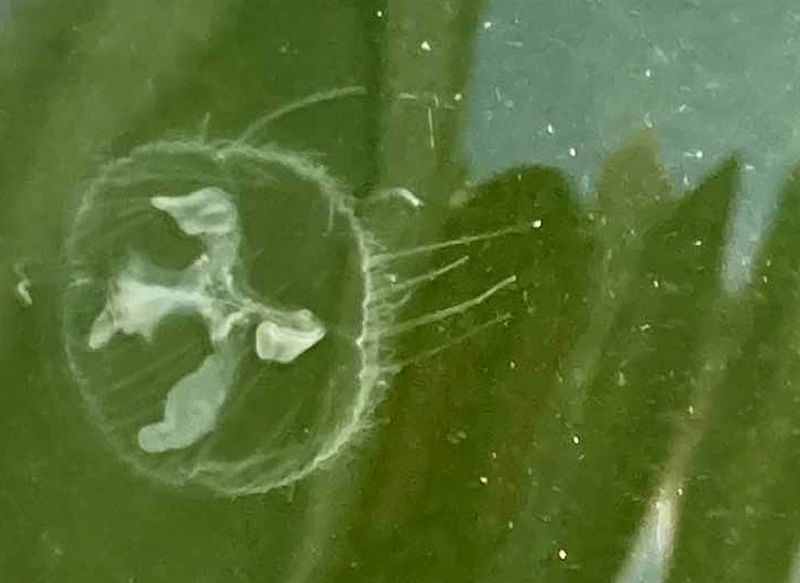
Conservation challenges facing freshwater jellyfish highlight the delicate balance required to protect these unique creatures. Habitat degradation, pollution, and climate change threaten their survival, necessitating concerted conservation efforts.
These challenges emphasize the importance of sustainable practices and habitat protection to preserve biodiversity. By addressing threats to freshwater jellyfish, conservationists contribute to the broader goal of maintaining ecological integrity. The plight of these jellyfish serves as a reminder of the interconnectedness of environmental health and species survival.
Potential Medical Applications
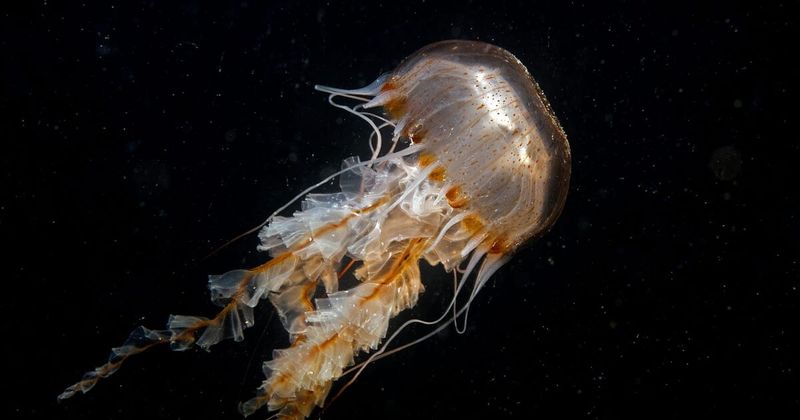
Potential medical applications of freshwater jellyfish capture the interest of researchers. Their unique biochemical properties offer promising avenues for medical research, from pain relief to cancer treatment.
Examining their potential contributions to medicine underscores the value of biodiversity in advancing human health. Ongoing research into their properties highlights the untapped potential of aquatic organisms in pharmaceutical development. By exploring these possibilities, scientists aim to harness the benefits of jellyfish for human well-being, exemplifying the synergy between nature and medicine.

